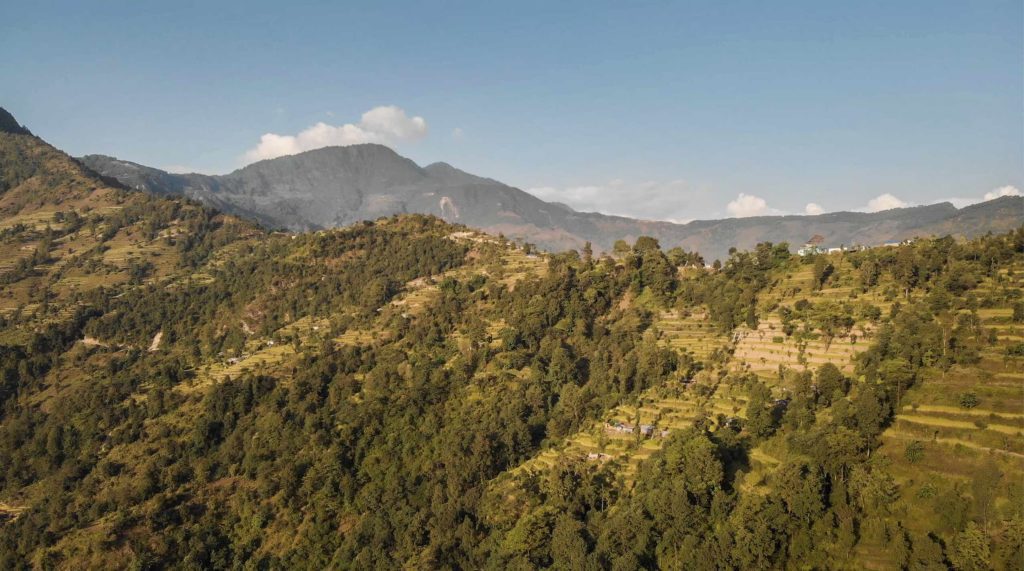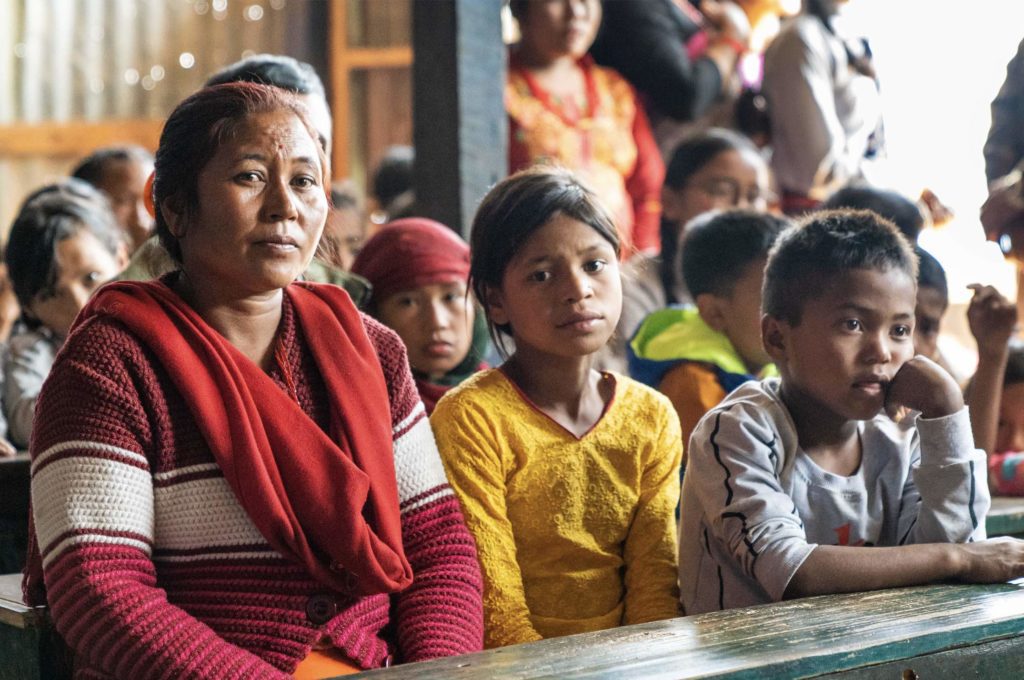Film to showcase rippling impact of education on rural Nepalese girls
EBS ARTS & ENTERTAINMENT EDITOR
BIG SKY – Imagine, for a moment, the ground beneath your feet begins to quiver. You exchange nervous glances with your family, who, like you, work the terraced farmlands that canvas the foothills of the Nepalese Himalayas, just as your ancestors have for generations.
As the tremors intensify, fear freezes you in place. It’s an earthquake, nothing new for people that live along one of the world’s most actively changing mountainous landscapes, but this one is different. The earth begins to crumble beneath your feet. Landslides wipe out neighboring farms right before your eyes, swallowing friends, neighbors, relatives and croplands like some insatiable beast.
Suddenly, and without warning, you have nothing.
For many living in rural Nepal, this was the reality of April 25, 2015, when a 7.8 magnitude earthquake buckled the region, killing over 9,000 people and injuring some 22,000 more. In the cities like Kathmandu, people frantically, mostly in vain, picked apart piles of crumbled buildings for survivors. In the countryside, landslides and avalanches crushed loved ones, with similarly futile rescue efforts to follow.
It would prove to be the worst natural disaster the region faced in over eight decades, causing approximately $10 billion in damage to the small Southeast Asian nation- roughly 50 percent of Nepal’s annual GDP.
Worse still, Nepal was already gripped by a troubling phenomenon, the selling of girls and young women into indentured slavery and sex work, but the financial turmoil that followed the 2015 Nepal earthquake exacerbated the practice to offset individual losses.

This was especially true in the countryside, where a lack of physical and financial access to education perpetuates cycles of poverty and people have virtually no options outside of subsistence farming.
Tsering’s Fund, while founded in the mid-90s, responded with swift boots-on-the-ground work following the 2015 earthquake. The organization’s original mission was to provide children of both genders, along with their families, access to education, medical care and basic living assistance, but the tragedy really focused the mission on girls and young women, the most at-risk individuals in the region.

According to the organization’s website, “[Tsering’s Fund wants] to change the lives of Nepali children for the better. Although our mission is to support both boys and girls from the poorest backgrounds who have no parents or whose parents cannot afford school fees, it is clear that cultural and economic factors are more likely to prevent girls from accessing uninterrupted education throughout their childhood. The chronic underdevelopment of Nepal will not be resolved until girls in Nepal have the same opportunities as boys to pursue a quality education.”

“Namaste Ramila,” a 13-minute film that will premiere at the Warren Miller Performing Arts Center in Big Sky on Aug. 21 at 7:00 p.m., highlights the experiences of six girls who were trafficked and the ways in which education saved their lives.
You see, traffickers and families exercise loopholes in Nepalese policy, which holds that a citizen can’t leave for work in an outside nation until they reach 16 years of age. In rural communities, where birth records are all but nonexistent, parents and traffickers will tell officials their daughter or ward is of age, and the government officials are compelled to believe them with no evidence to suggest otherwise.
The girls are then shipped to far away cities, like Delhi, India, or those in several Arab nations, where they are subject to what is essentially slave work, or in other cases, confined solely to the role of a prostitute.
“The government officials have to take their word, but they know what’s going on, and off [the girls] go to Delhi or to Middle East, often into the sex world or labor,” said Pete Schmieding, a dentist in Big Sky and Tsering’s Fund’s chairman and president. “We spent a day with six girls that had been trafficked. The opening scene [of “Namaste Ramila”] is an interview with two of these girls about their experiences in Nepal. There’s just no opportunity.”
While it’s easy to become incensed with the actions of these rural parents, often they too are duped by traffickers that promise education and employment in faraway cities, believing their child will send money home from honest work. Unfortunately, in many instances, they never see their child again.

Tsering’s Fund’s shifted mission seeks to upend the cycles of poverty and gross accounts of human suffering through education. By providing a solid education, one that is founded on speaking English and opening eyes to possibilities outside of those available in rural Nepal, Tsering’s Fund volunteers find they are able to disrupt conventional beliefs, nefarious social practices and myopic perspectives on what can be achieved in an individual’s lifetime—particularly a woman’s.
For Schmieding and other volunteer workers of Tsering’s Fund, the documentary is an opportunity to further raise awareness for the cause and inspire activism.
“Child trafficking is a huge issue, even in the United Sates, but most people never see the practice on a personal level. But where we were filming was ‘ground zero,’ this is where it happens in great numbers. It’s the real thing,” said Schmieding. “I want to raise awareness about the issue and show what happens when you decide to raise a girl through Tsering’s Fund. You get to see what your getting involved means to this family, in human terms.”
In Big Sky, Montana, far from the nation where an estimated 20,000, minimum, girls are trafficked annually, it’s easy to feel detached from the problem. However, all it takes is $600 a year to cover the annual costs of a top-notch boarding school, including room and board, for a child, effectively removing them from the circles where they are vulnerable to trafficking.
Naturally, the lasting outcomes from such an experience are profound, and unlike many similar programs geared toward aiding children in need around the world, contributions aren’t compiled into a single fund that is then divvied up amongst the organization’s total needs, rather specified donations are applied to a unique child. To cement the candor of the practice, the donor is encouraged to establish a connection with said child, whether that means choosing to correspond via a pen pal arrangement or even an in-person visit to Nepal.
This directness is a hallmark of the organization, making realized progress for contributors and donors a very discernable reward.
“We just want to educate these girls so they can be independent and be leaders for their communities and families. There’s a cycle of poverty that goes on in rural Nepal, there’s truly no escape,” said Schmieding. “They gain an awareness of the world that helps them seek other places, other pursuits, and therefore elevate their own communities.”
Members of the Big Sky community are encouraged to join the volunteers of Tsering’s Fund, along with the filmmakers of “Namaste Ramila,” for the free, eye-opening viewing of the film at the WMPAC, where there will be opportunity to interact with volunteers and organizers, for anyone seeking involvement in the cause.














